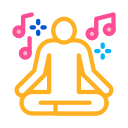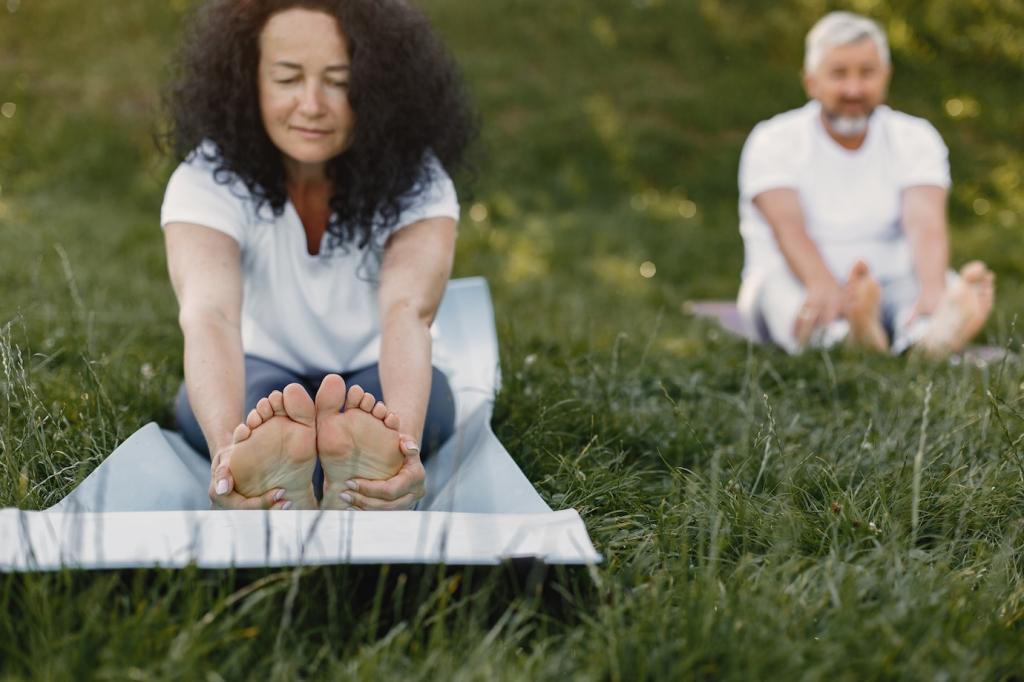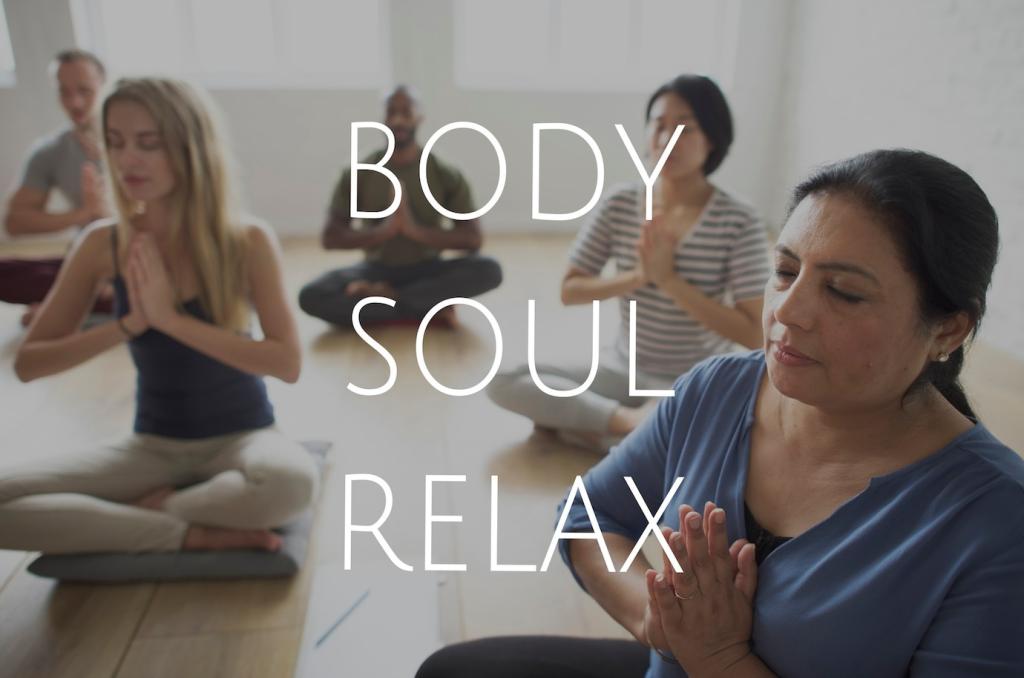Sensory Anchors in Everyday Spaces
Stand barefoot on a safe surface and describe the contact: cool tile, springy rug, firm wood. Bend knees slightly and let your weight drop toward your heels. Notice which toes grip and which release. This simple practice trains your attention to return to the body’s map whenever stress flares.
Sensory Anchors in Everyday Spaces
Carry a small textured object—a smooth stone, braided cord, or wooden bead. When tension spikes, name three features aloud: weight, temperature, and surface pattern. Guided meditation can cue you to sync this noticing with breath. Invite friends to share talisman ideas, creating a crowd-sourced gallery of grounding tools.
Sensory Anchors in Everyday Spaces
Close your eyes and list sounds from far to near: distant traffic, hallway chatter, a clock’s tick, your breath. Then reverse the order. This gentle mapping reorients attention from internal noise to external reality. Post your most calming sound discovery to encourage others to listen for quiet gifts.
Sensory Anchors in Everyday Spaces
Lorem ipsum dolor sit amet, consectetur adipiscing elit. Ut elit tellus, luctus nec ullamcorper mattis, pulvinar dapibus leo.



